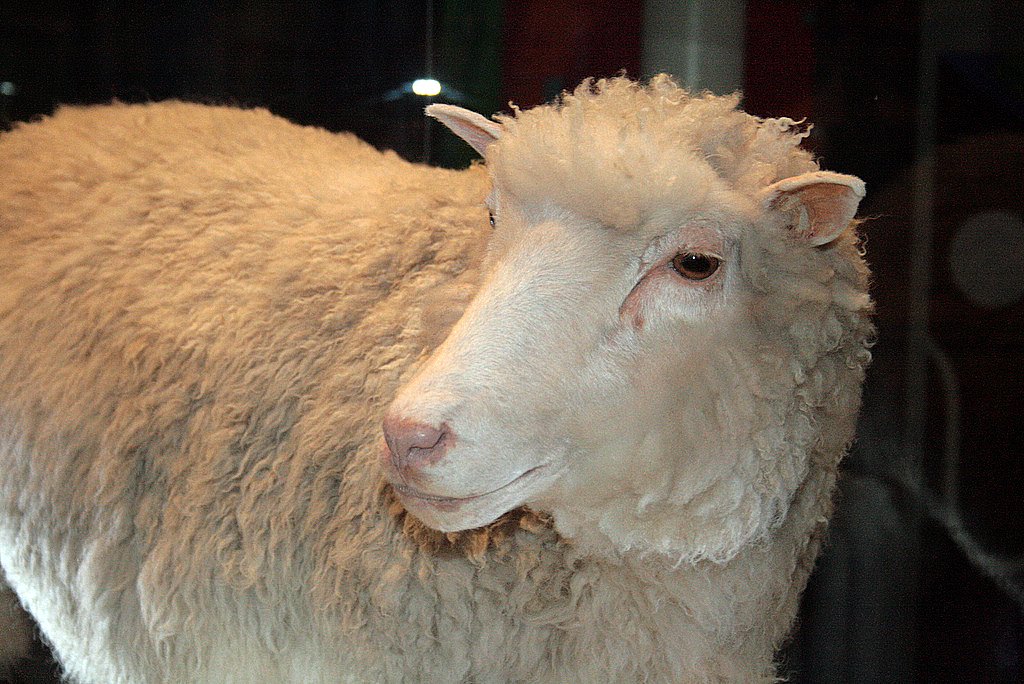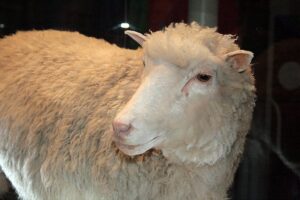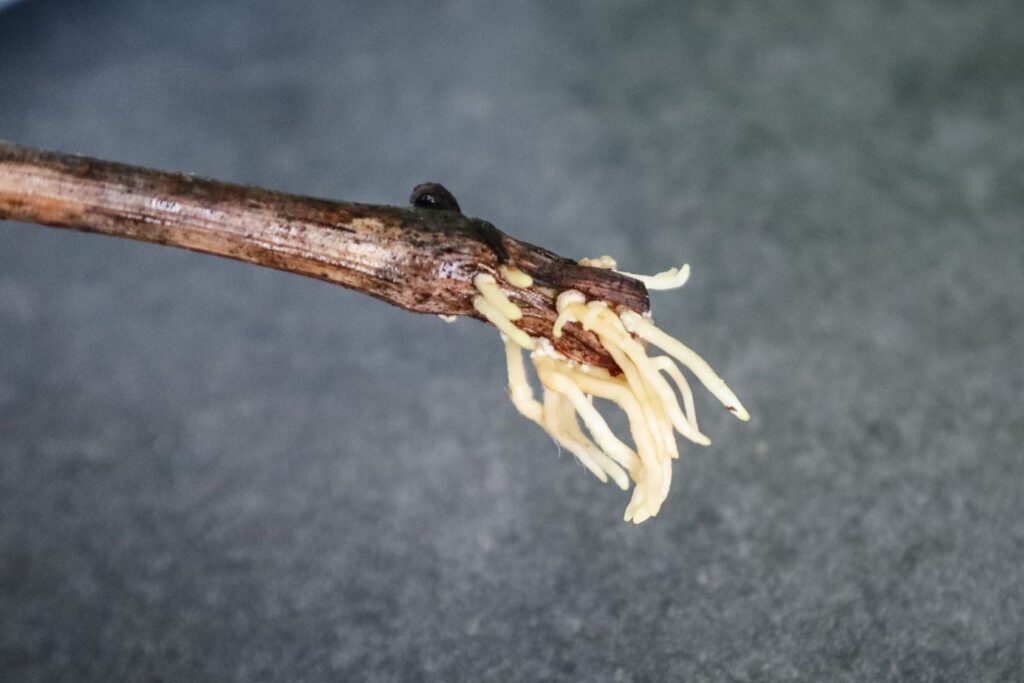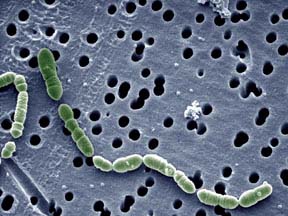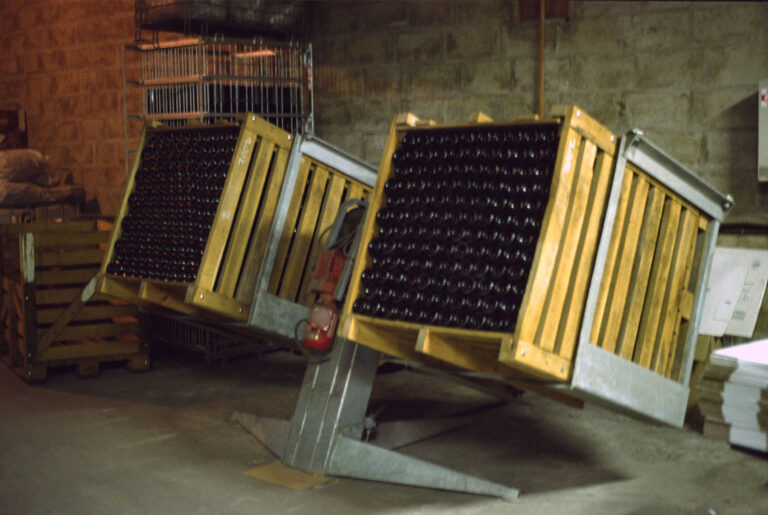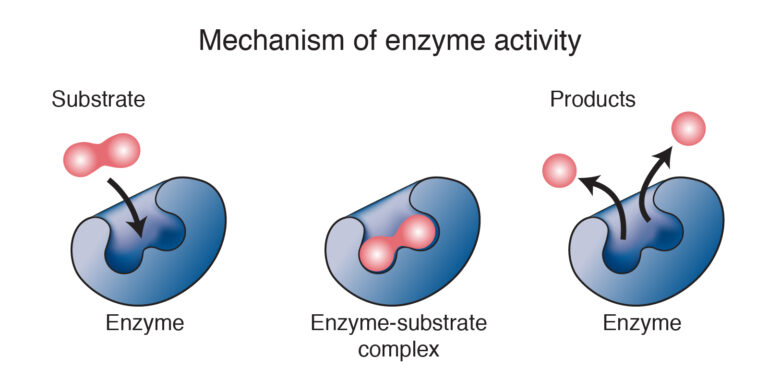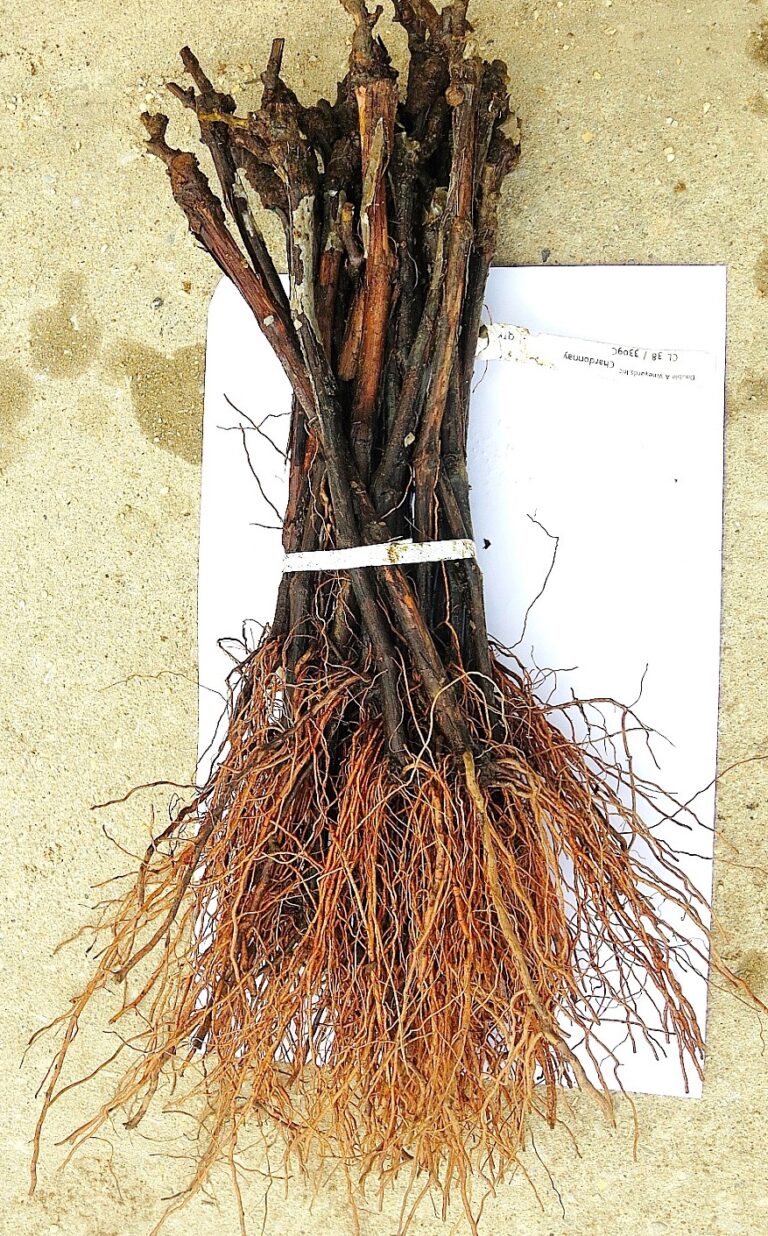The term clone brings up the image of Dolly. Do you remember Dolly? She made her debut in February 1997. Afterwards, Dolly was all the rage. I’m not talking Dolly Parton, but ironically she did play a role in the name of this new born sheep.
The Roslin Institute located in Scotland was working on a research project to develop a method of producing genetically modified livestock. It was the beginning of discovering if a specialized cell could be used to make a whole new animal.
Dolly was “created” from a cell that was taken from the mammary gland (thereby why her name is Dolly; I guess the scientists had a nice sense of humor) of a six year old sheep. With the use of a surrogate mother, Dolly was successfully born on July 5th, 1996.
Although the first true cloned animal happened back in 1984 in Cambridge, UK, and there were six other sheep successfully cloned prior to Dolly’s birth, Dolly was the first one to prove that an exact copy could be created from specialized cells (adult cells). All the previous sheep were from embryonic cells.
Have you been missing the weekly Exploring the Wine Glass posts? They have moved. Sign up below to receive notification of new posts. Subscribe to Dracaena Wines’ blog in the sidebar on this page.
Now that we understand what a clone is, we can bring it back to the wine world with grapevine clones. It is rather a simple concept. Farmers can create clones significantly easier than the scientists who bred Dolly. Use of grape clones is commonplace in the industry.
When there is a vine that is producing well, the vineyard manager can take a cutting from the preferred vine and graft it onto a different rootstock. Another option is to place the shoot into growth hormones such as cytokinins and auxin. This inspires the cutting to grow roots. All that is necessary is to place the cutting into the rooting hormone, insert it into a pot filled with potting soil, water and place in indirect sunlight. The shoot will then begin to grow into a full-fledged vine, with the exact DNA as the mother vine.
The decision to grow this new grapevine is done because that vine has a specific trait that the grower wants to reproduce. It may be something like a tighter cluster, or ripens at a different time. The vine may be producing a darker color or shows a unique flavor profile. Often it is because the mother vine has shown increased disease resistance.
There is quite a bit of confusion due to the name “clone,” so the term “selection” is starting to be used as a replacement. There are some varieties that are more well known for their clones or selections. Chardonnay and Pinot Noir, for example, have thousands of clones. But all varieties have clones. Small mutations naturally occur from one generation to another. Whether an individual has discovered them, is a different story.
Cabernet Franc currently is known to have 31 different selections. Each one has enough genetic difference that it acts differently in the vineyard, but not enough genetic variation to be deemed a new species. We currently use three of these selections in our Cabernet Franc, but stay tuned….
~Slàinte!
Please follow us on Instagram, Twitter, Facebook and Youtube.
We’ve stacked the odds so that you can get our award winning wines without breaking the bank. Click the image to find out all of the benefits of joining the CHALK CLUB including discounted shipping and up to 25% off all purchases. .

